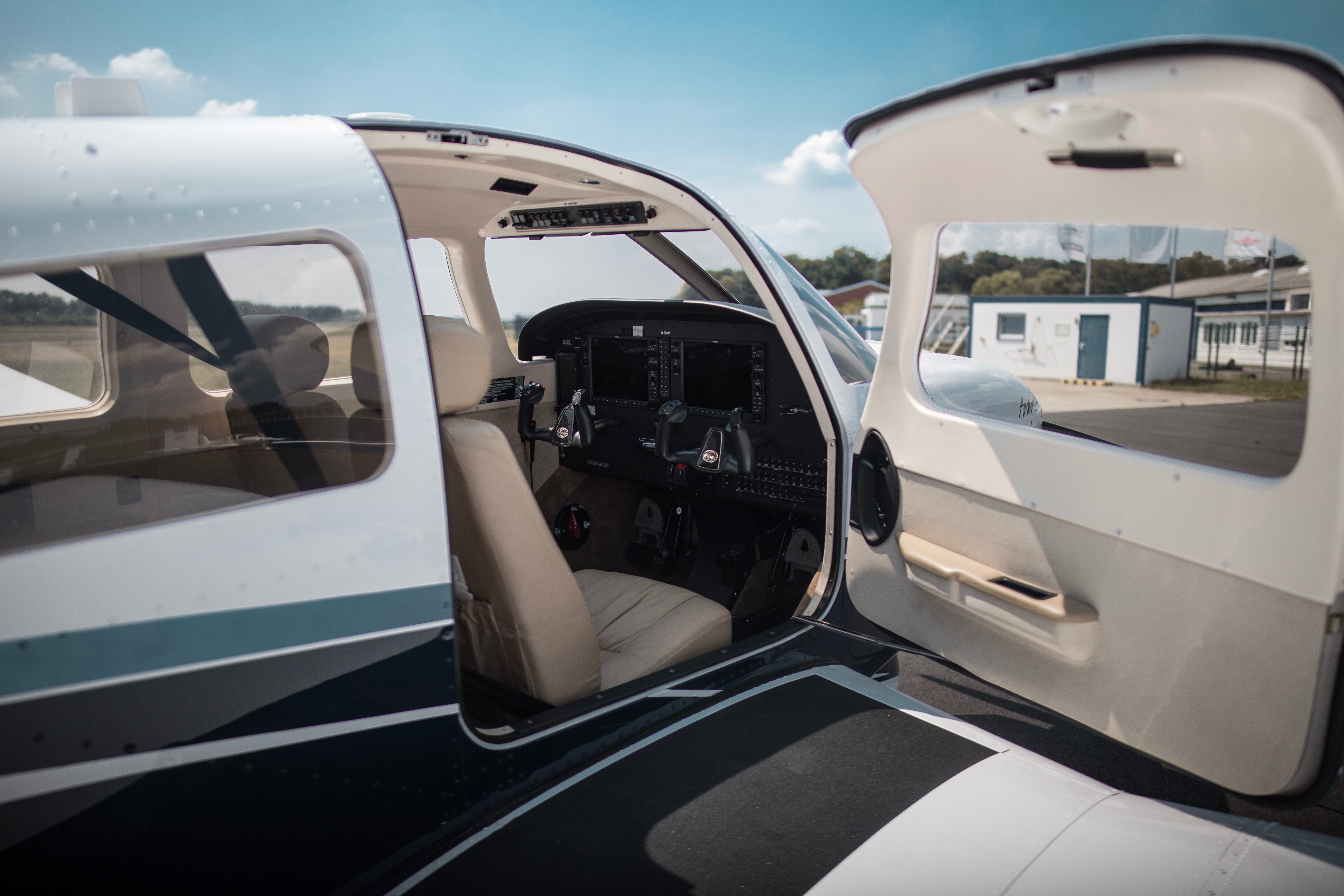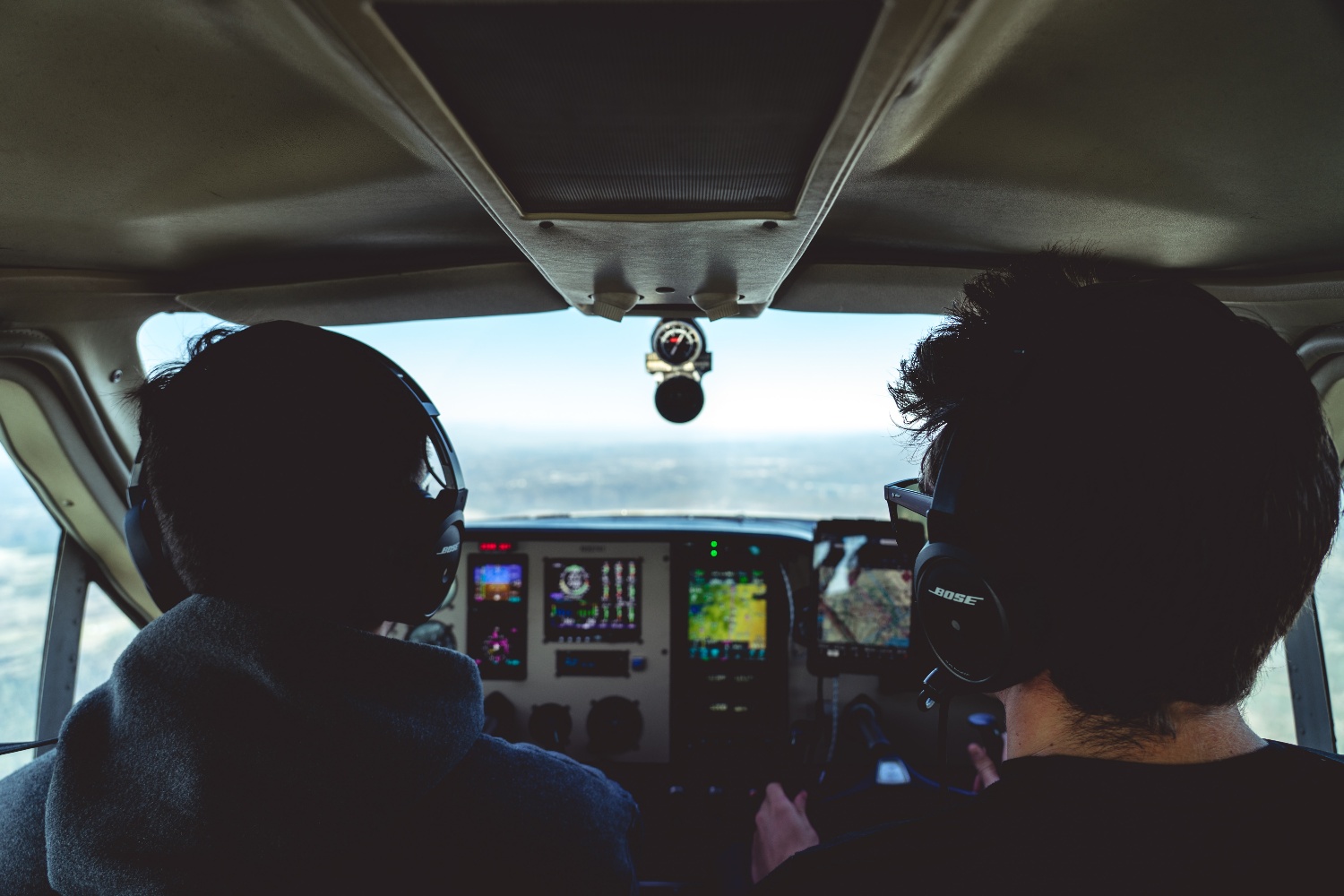How to Be a Good Instructor in the Cockpit, Classroom, and Simulator
What makes a good flight instructor? Is there one specific quality that stands out as THE quintessential, must-have characteristic? Is it ethics, professionalism, knowledge, personality, hairstyle...?
When I have asked student pilots and even would-be instructor candidates this core-importance question over the years, I have always been impressed with the answers I have received – not the actual words spoken, mind you, but the context of the answers. If you have ever posed a similar line of questioning, you too have probably heard things like, “someone who doesn’t cheat me on the bill,” “someone who isn’t late and unprepared,” or “someone who isn’t just using me as a meal ticket to get to an airline job.”
By and large, the responses I get are offered from a negative point of view. I can only assume that point of view is the result of experiencing the effects of poor instruction, or at least a poor instructor, at some point in flight education. In fact, research conducted by AOPA in 2010 showed that almost one-third of the overall student experience in the flight training process can be attributed to the student/instructor relationship – both in the quality of the instructor and the quality of the instruction received.
Bottom line: instructional quality is a big deal.
Now that the obvious is out of the way, let’s discuss how to be a “good instructor.” Whether you are instructing in the aircraft, the simulator, or the classroom, there are a few golden rules to follow. They qualify as golden rules because they sum up the instruction you want/wanted to receive too.
Rule 1: CARE about your responsibility.
If you’ve ever had the joy of eating at a restaurant where the chef didn’t care about the quality of the food, being treated by a doctor that didn’t care about your recovery, or riding with an Uber driver that didn’t care about red lights, you already know what pearls of wisdom are about to get launched at your cerebrum. Caring about what we do is the first and most important step in doing it well.
It is obvious when a flight instructor doesn’t care about his/her student. Usually, the student is painfully aware of that fact. Sometimes though, the instructor is unaware of how much damage he/she is doing. Instructors sometimes get so busy trying to build time, pay their bills, and just get from one eight-hour day (yeah, right) to the next that we forget the awesome responsibility we carry; we are training pilots! Our students leave our care and transport themselves and their loved ones over us and our loved ones. Good instruction starts with simply caring about each one of our students. (Yes, even that one!) Beyond that though, we must be mindful, respectful, and appreciative of the awesome responsibility we wield as flight instructors. Let’s live up to the expectation.
Related Content: Why Students Quit Flight Training and How to Keep Them Flying
Rule 2: PREPARE to inspire and educate.
 Remember that time your instructor didn’t know what lesson you were on and asked you what you were supposed to be doing that day? Yeah, so do I. The truth is, juggling a lot of students or even trying to split time between other flying duties takes its toll on an instructor. Couple that with the heat in the South and the cold in the North and you have a recipe for everyone’s favorite instructor…Mr. Fun and Forgetful! If you’ve been instructing for even a day, you know how much planning and preparation it takes to provide good instruction. Basically, anyone with a certificate can get in an airplane and talk to a student, but good instruction takes advance preparation, often with the understanding that you aren’t going to get paid for that time. However, if you want to be thought of as a good instructor, you have to put even more effort into lesson prep than your students do you tell your students to.
Remember that time your instructor didn’t know what lesson you were on and asked you what you were supposed to be doing that day? Yeah, so do I. The truth is, juggling a lot of students or even trying to split time between other flying duties takes its toll on an instructor. Couple that with the heat in the South and the cold in the North and you have a recipe for everyone’s favorite instructor…Mr. Fun and Forgetful! If you’ve been instructing for even a day, you know how much planning and preparation it takes to provide good instruction. Basically, anyone with a certificate can get in an airplane and talk to a student, but good instruction takes advance preparation, often with the understanding that you aren’t going to get paid for that time. However, if you want to be thought of as a good instructor, you have to put even more effort into lesson prep than your students do you tell your students to.
Rule 3: TEACH the whole student the whole lesson.
Every student is different. We know that, right? Fundamentally we accept that this is true, but then we try to make every student an aural learner, or we hurry through a demonstration unaware that we have a kinesthetic student onboard. It is hard to individualize instruction in a 1.5-hour block with another student waiting for you to return. It is hard, but it is important. Good instructors evaluate their students’ learning styles early on and provide training geared toward the students’ strengths while also trying to build up their weaker domains. There are many learning style quizzes on the web. Find one you like, and then start teaching the whole student.
Related Content: 5 Things I've Learned from Student Pilots
We also need to teach the whole lesson. We seem to be pretty good at teaching the “what” and “how,” but sometimes we miss the boat on the “why.” Sometimes we don’t even know the “why.” The student asks, “why do I have to learn to perform a soft-field landing if I don’t plan to ever operate on grass?” The thoughtful instructor likely answers, “the FAA says you have to.” While not technically incorrect, the real “why” is that a soft-field landing teaches finesse in landing operations. Learning how to perform a good soft-field landing also improves your normal landing skills. Let’s always tackle the “why” so that our students can close the loop on learning and, most importantly, have a better chance of retaining that information.
Rule 4: MAINTAIN your own proficiency; constantly up your game.
In my experience flight instructors are easily lumped into two categories: those that know their personal flight performance is awesome, and those that can actually demonstrate the awesomeness. Let’s face it – flight instructors don’t get to fly a lot. Sure, they are in the air a lot, but they really only get to fly when they’re preventing the airplane from becoming one with the runway or during the occasional demonstration of a maneuver or landing task. I know several instructors who forget to maintain 90-day currency; they just don’t make enough landings!
Instructors must make the time to maintain their own proficiency. Simulation is an incredible tool in this regard, especially for the instrument instructor. Work with your fellow instructors, if that’s an option, to create a community of practice. It could be something as simple as a monthly dinner meeting where you share techniques that worked and those that didn’t. Take every opportunity you have to jump in the sim together and practice scenarios and techniques that you can later deploy on your unsuspecting students – all with the goal of upping your game and their understanding, of course.
Related Content: How to Get Your Instructors to Use the Simulator
Instructing can be a rewarding profession that makes us better pilots. Like most things in life though, it is what you make it. If you are willing to work to be a good instructor, chances are that you will be. Your students will thank you for it, and you can look back and be extremely proud of your contribution to the coolest industry ever.
Fly (and instruct) safely my friends!
Eric Crump is Program Director of Aerospace at Polk State College, and Business Principal at Red Eye Aviation.
Share this
You May Also Like
These Related Articles

Teaching Through a Learning Plateau

Living Your Reason: Finding Satisfaction in Flight Instruction
